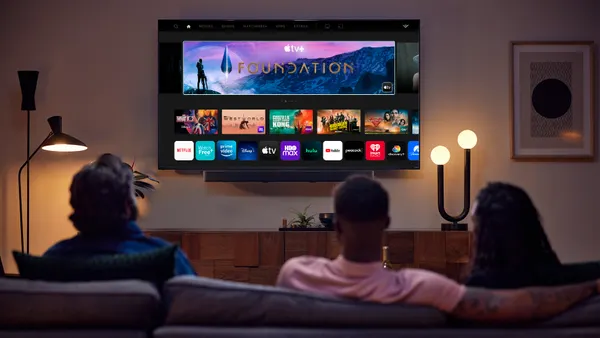Dive Brief:
- Publishers looking to combat blocked ads are trying multiple tactics to bypass the issue and show readers ads.
- One tactic is to place more transparency into the process by allowing readers to choose their own ad experience.
- Another tactic is to simply ask readers to whitelist a website, turning off ad blocking altogether.
Dive Insight:
Ad blocking software and apps impact publishers’ bottom lines by preventing revenue generating ads from being displayed at all. In response publishers have taken a number of approaches to the issue, including going so far as to prevent readers using ad blocking from accessing content. A more diplomatic approach -- one taken by Wired and Fark, among other websites -- is to just ask visitors to turn off ad blocking software and whitelist the website to help subsidize the free content. A middle road is being sought by Sourcepoint, a content compensation platform, that places a layer of transparency into the process and allows readers to choose their own ad experience -- video ads instead of banner ads, or maybe avoiding ads altogether by taking weekly surveys.
However publishers address the challenge of blocked ads, the entire issue comes with potential fallout in terms of credibility and the affinity readers might have for brands taking a strong-armed approach to circumventing ad blocking. Jason Kint, CEO of Digital Content Next, told Digiday, “Blocking the blockers seems like a very short-term, tech-arms-race approach. I’ve never seen an arms race with consumers end well. It’s trial and learning whichever approach is taken.”












